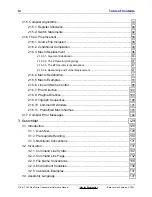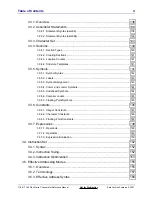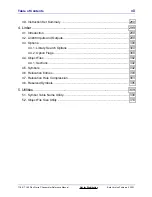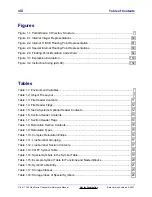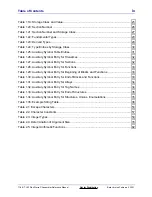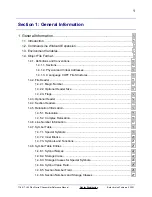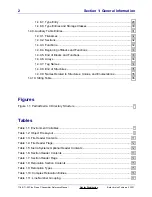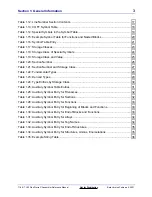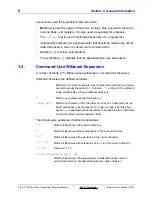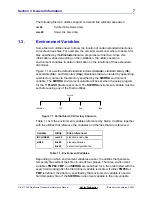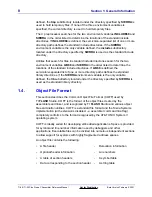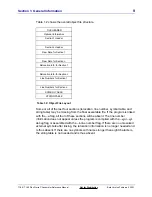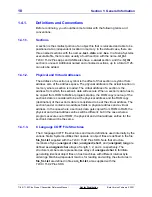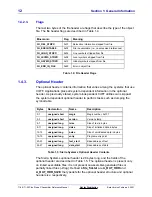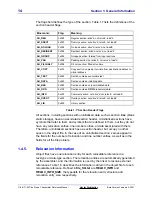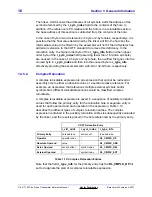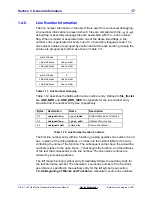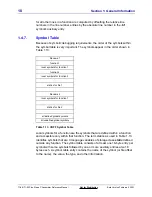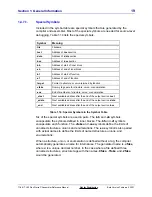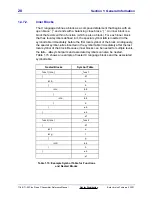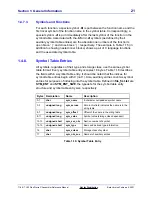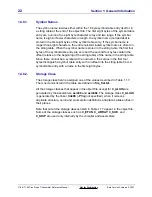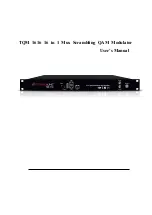
8
Section 1: General Information
TI-89 / TI-92 Plus Sierra C Assembler Reference Manual
Not for Distribution
Beta Version February 2, 2001
defined, the tmp subdirectory located under the directory specified by SIERRA is
used to hold temporary files. If none of the three environment variables is
specified, the current directory is used to hold temporary files.
The C preprocessor searches for the two environment variables INCLUDE68 and
SIERRA in the order listed to determine the locations of the standard include
directories. If INCLUDE68 is defined, the semicolon-separated list of one or more
directory paths defines the standard include directories. If the SIERRA
environment variable is the only variable defined, the include subdirectory
located under the directory specified by SIERRA is used as the standard include
directory.
Utilities that search for files in standard include directories search for the two
environment variables LIB68 and SIERRA in the order listed to determine the
locations of the standard include directories. If LIB68 is defined, the
semicolon-separated list of one or more directory paths defines the standard
library directories. If the SIERRA environment variable is the only variable
defined, the lib subdirectory located under the directory specified by SIERRA is
used as the standard library directory.
1.4.
Object File Format
This section describes the Common Object File Format (COFF) used by
TI FLASH Studio. COFF is the format of the object files created by the
assemblers and linker, and recognized by TI FLASH Studio and various object
file examination utilities. COFF is a standard file format and the Sierra Systems
implementation (with extensions disabled,
-c
assembler command line flag)
completely conforms to the format recognized by the AT&T UNIX System V
operating system.
COFF is ideally suited for developing embedded applications. Space is provided
for symbol and line number information used by debuggers and other
applications. Executable files can be divided into numerous independent sections
to allow support for systems with highly fragmented address spaces.
An object file contains the following:
•
A file header
¦
Relocation information
•
Optional header information
¦
Line numbers
•
A table of section headers
¦
A symbol table
•
Data corresponding to the section header
¦
A string table

